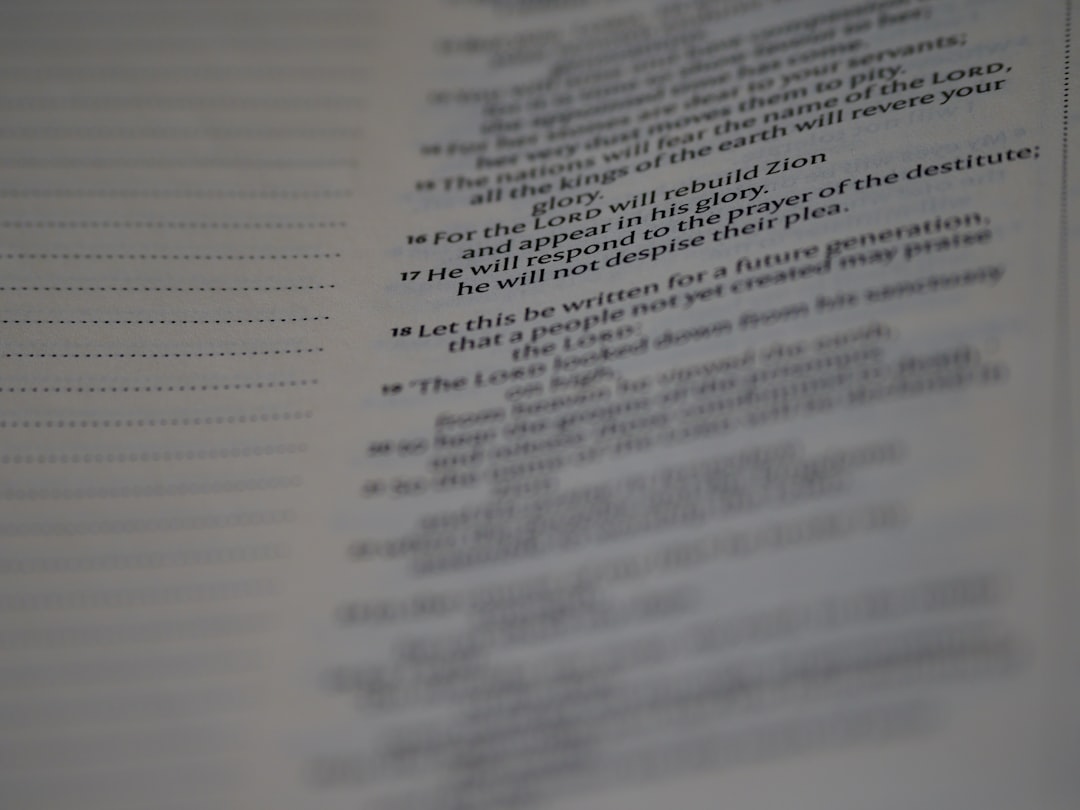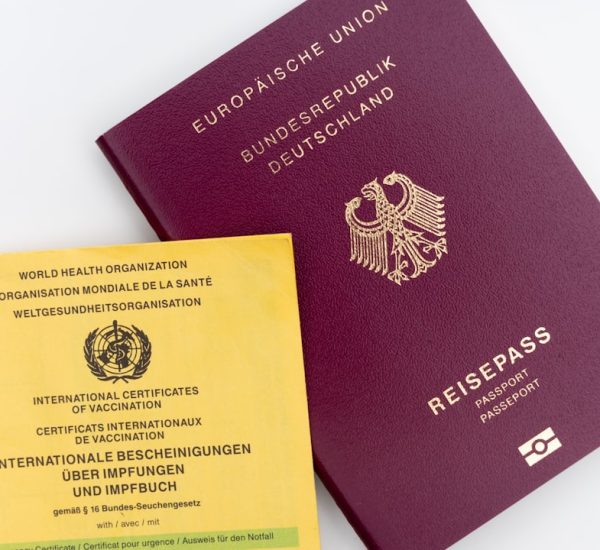Plagiarism detection has become an essential component in both academic and publishing spheres, helping institutions uphold integrity and establish credibility. With a rise in digital content sharing, a common question arises: Can plagiarism detectors identify material that has been copied from PDFs? The answer, while complex, is largely yes—but with certain caveats and important limitations that users need to understand.
Understanding How Plagiarism Detectors Work
Plagiarism detection tools, such as Turnitin, Grammarly, Copyscape, and others, function by analyzing the text through a process known as fingerprinting, string matching, or stylometry. These tools compare the submitted content to a massive database that typically includes journal articles, web content, student submissions, and sometimes even scanned documents.
When it comes to PDFs, the key factor is not the file format itself, but the nature of the content stored within. PDFs can encode text in several different ways, and whether or not a plagiarism AI detector can scan or match copy-pasted content from a PDF depends on how that content is structured.
The Complexity of PDF Files
PDFs can contain content in various forms:
- Text-based PDFs: These allow users to select and copy text, making them easier for plagiarism detection software to analyze.
- Image-based PDFs: These are essentially scanned images of text and require Optical Character Recognition (OCR) technology to convert into searchable and comparable text.
- Encrypted or protected PDFs: These include security settings that prevent copying or extracting text, posing additional challenges for detection tools.
Most advanced plagiarism detectors employ OCR to process image-based PDFs to a certain level. However, the quality of the OCR process heavily depends on the clarity, formatting, and language used in the document. Even with OCR, errors in character recognition can occur, leading to partial or inaccurate results.

How Content from PDFs Is Detected
If a user copies text from a PDF and inserts it into a new document, plagiarism detectors analyze that text in the same way they would any other input. The key factor is whether the same text already exists in the detection tool’s database.
Most widely used plagiarism detectors compare submitted content against:
- Internet sources including websites, news portals, forums
- Academic databases with published journals, research papers, and dissertations
- A repository of former student submissions (in academic tools like Turnitin)
If the original PDF content exists publicly or has been previously submitted within the detector’s accessible databases, it is highly likely that copying from such PDFs will be flagged. However, if the PDF is private, niche, or unpublished material, detection becomes trickier unless manually fed into the database.
Limitations and False Negatives
While plagiarism detection tools are effective at catching obvious and exact matches, they may not perform as well under the following conditions:
- Poor OCR conversion of scanned documents
- Heavily paraphrased or restructured text from PDF sources
- PDFs not previously crawled or indexed by any databases used by the tool
In such cases, manually reviewing sources and maintaining ethical writing practices becomes essential. Relying solely on automated tools may lead to false negatives, where plagiarized content remains undetected.

Best Practices to Avoid Plagiarism
Regardless of the file format, it is crucial to follow ethical writing guidelines:
- Always cite your sources accurately, whether the information comes from a PDF, a website, or a print book
- Use quotation marks for directly quoted material
- Paraphrase properly and give credit to original authors
- Use trusted plagiarism checkers to preview your work before submission
Conclusion
To answer the question clearly: Yes, plagiarism detectors can often identify content copied from PDFs, especially if the content is already part of public or indexed databases. However, detection depends on the nature of the PDF, the accessibility of the content, and the sophistication of the detection tool used. While modern tools are improving continuously, no system is failproof. Therefore, fostering a culture of academic integrity and proper referencing should remain the foremost priority.



